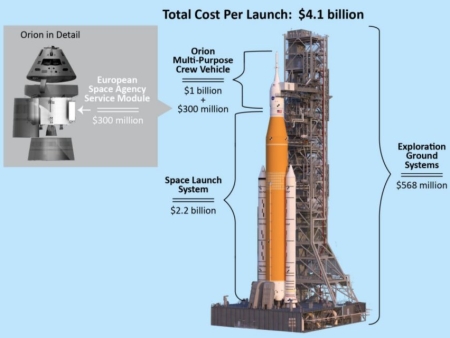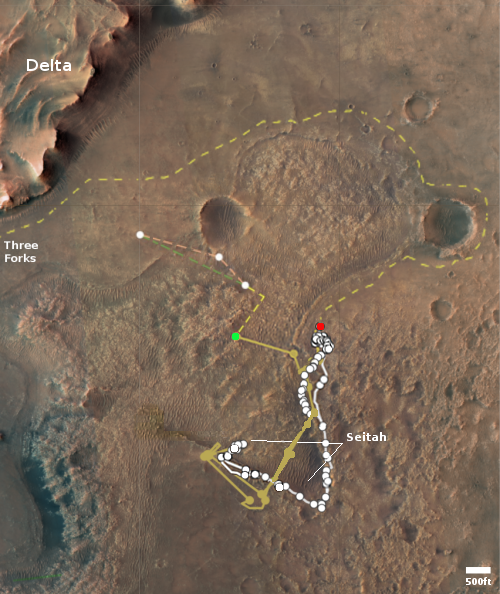Russia launches three Russians to ISS on Soyuz-2 rocket
Russia today successfully launched three astronauts to ISS on its Soyuz-2 rocket, the first time the crew on a Russian launch to ISS was entirely Russian.
The docking at the station is expected three hours after launch.
The reason for the all-Russian crew has nothing to do with the Ukraine War. Initially NASA and Roscosmos were negotiating to have an American on this flight as part of a barter deal, whereby astronauts from the two space agencies fly on each other’s capsules in an even trade to gain experience with each. In October both agencies agreed to hold off the first barter flight until ’22. With the on-going sanctions however it is now unknown whether that barter deal will go forward.
The leaders in the 2022 launch race:
10 SpaceX
6 China
3 Russia
2 ULA
The U.S. still leads China 16 to 6 in the national rankings, with SpaceX having a scheduled Starlink launch this evening.
Russia today successfully launched three astronauts to ISS on its Soyuz-2 rocket, the first time the crew on a Russian launch to ISS was entirely Russian.
The docking at the station is expected three hours after launch.
The reason for the all-Russian crew has nothing to do with the Ukraine War. Initially NASA and Roscosmos were negotiating to have an American on this flight as part of a barter deal, whereby astronauts from the two space agencies fly on each other’s capsules in an even trade to gain experience with each. In October both agencies agreed to hold off the first barter flight until ’22. With the on-going sanctions however it is now unknown whether that barter deal will go forward.
The leaders in the 2022 launch race:
10 SpaceX
6 China
3 Russia
2 ULA
The U.S. still leads China 16 to 6 in the national rankings, with SpaceX having a scheduled Starlink launch this evening.


